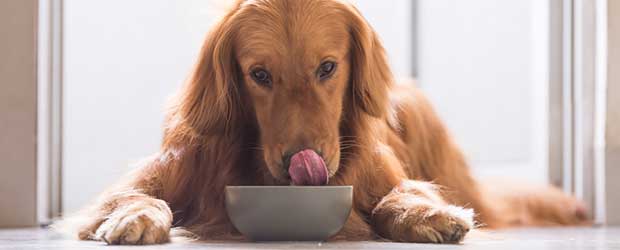How Tight Should a Dog Collar Be?

When it comes to the comfort and safety of our four-legged companions, understanding how tight should a dog collar be is of paramount importance. Whether you are a new pet owner or a seasoned dog parent, ensuring that your dog's collar fits correctly is essential for their well-being. In this blog post, we will guide you through the process of finding that perfect fit, balancing security with comfort.
Finding the Perfect Fit: Comfort and Safety Combined
A dog collar isn't just a fashion statement, it is a vital accessory for your pet's identification and safety. But how do you determine the ideal tightness? Ideally, a dog collar should be snug enough to fit two fingers between the collar and your dog's neck. This rule of thumb ensures that the collar is tight enough to stay on, but loose enough to be comfortable.
Why is this important? A collar that is too tight can cause discomfort, or worse, restrict your dog's breathing. On the other hand, a collar that's too loose can slip off, putting your dog at risk of getting lost. The right balance is key to your pet’s safety and comfort.
How to Tighten a Dog Collar: Ensuring a Secure and Comfy Fit
There may come a time when you need to adjust your dog's collar. Maybe they have grown a bit, or perhaps the collar has stretched out. Knowing how to tighten a dog collar effectively is essential. It's not just about pulling it tighter; you need to consider the overall fit and comfort. Adjust the collar so that it's snug, but you can still easily slide two fingers between the collar and your dog's neck. Regularly check the fit, especially if your dog is still growing or has changes in weight.
If you find that your dog's collar is too loose, it is important to know how to tighten it properly. Here is a step-by-step guide on how to do it:
- Most dog collars come with adjustable straps. Ensure that your dog's collar has this feature.
- If the collar is too tight initially, loosen it by adjusting the strap.
- Ensure that the collar is positioned correctly around your dog's neck, with the D-ring at the back.
- Once you've adjusted the collar, slide two fingers between the collar and your dog's neck to check for the right fit.
Factors to Consider
When choosing a collar, consider your dog's size, breed, and coat type. Larger breeds may require sturdier collars, while smaller dogs might need something lighter. For dogs with long fur, a slightly looser fit might be necessary to prevent matting and discomfort.
Safety First: The Ultimate Priority
Above all, the safety of your dog is the top priority. Regularly inspect your dog's collar for signs of wear and tear. A worn-out collar can break, putting your dog at risk. Also, be mindful of the collar type. For instance, a choke collar might not be suitable for everyday use, while a standard buckle collar usually suffices.
Understanding how tight should a dog collar be is crucial for the comfort and safety of your pet. The right fit is snug but not tight, allowing for two fingers to slip comfortably between the collar and your dog's neck. By choosing the appropriate collar and ensuring a proper fit, you can keep your furry friend safe, comfortable, and ready for all their adventures. Remember, a well-fitted collar reflects your love and care for your canine companion.


